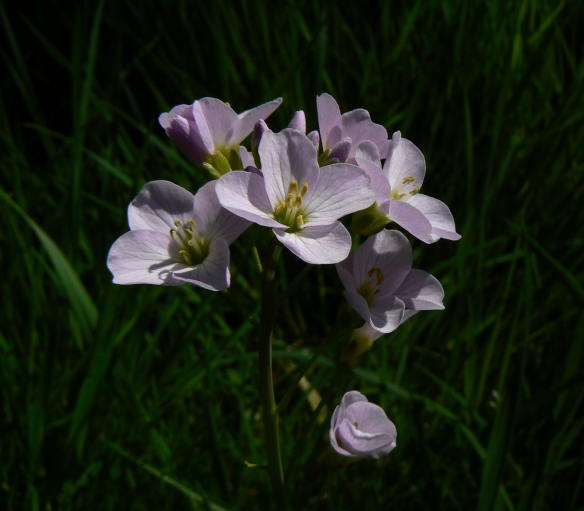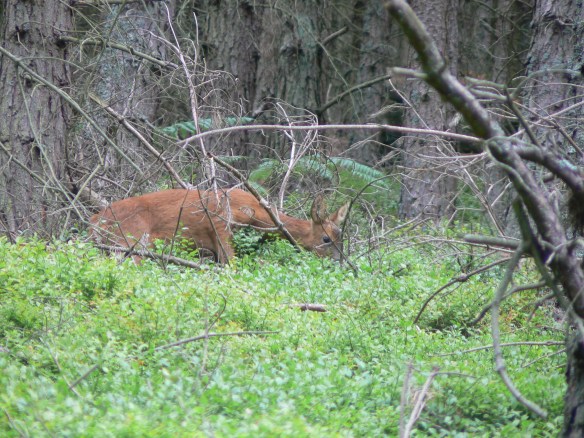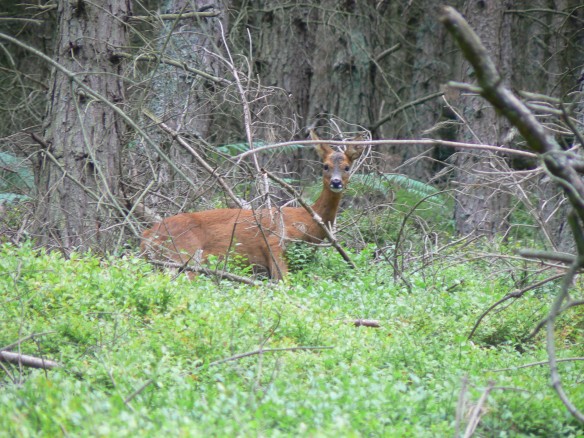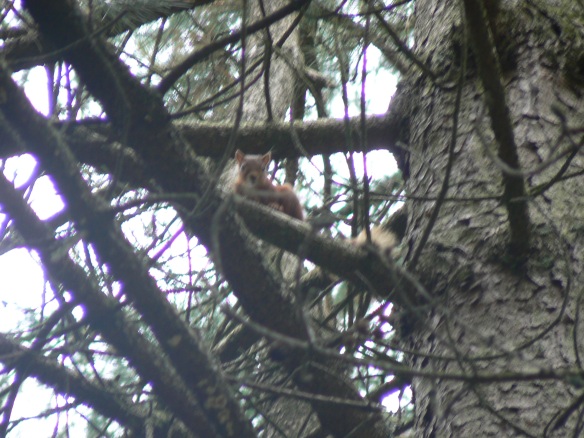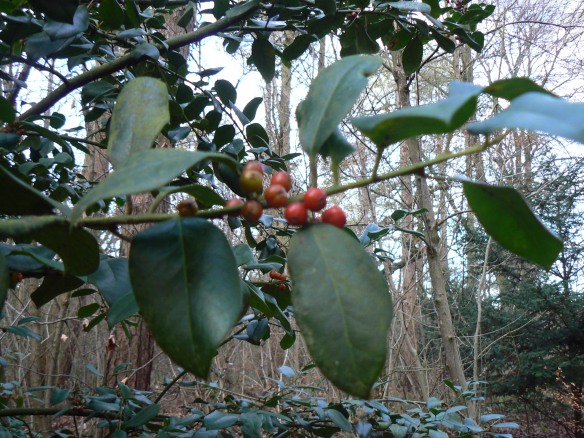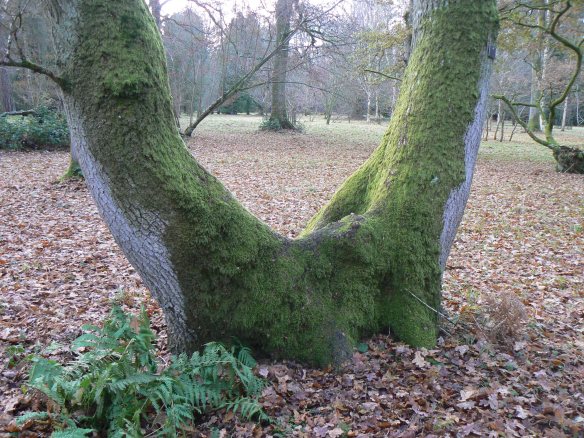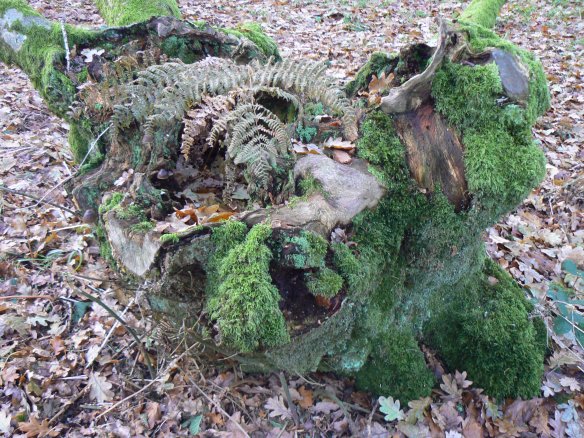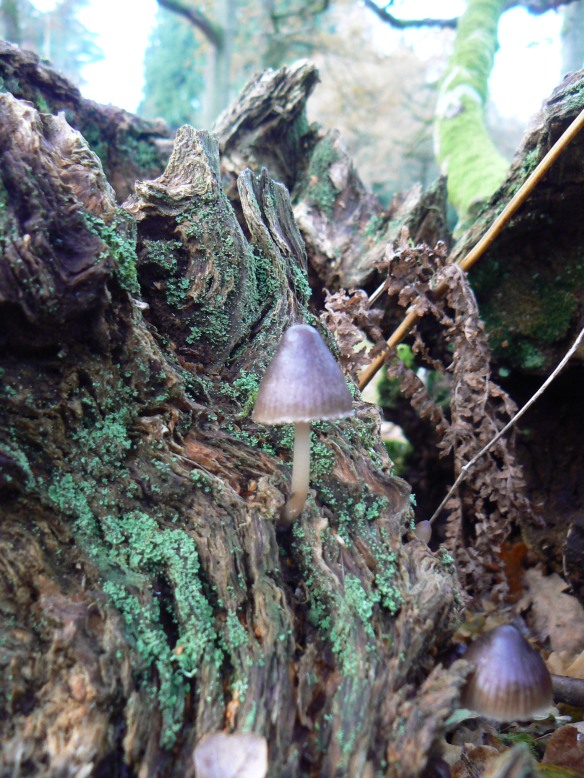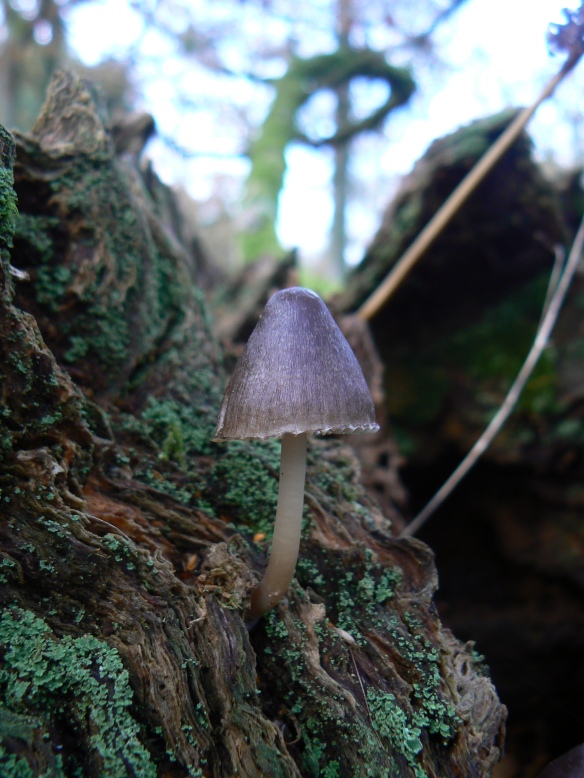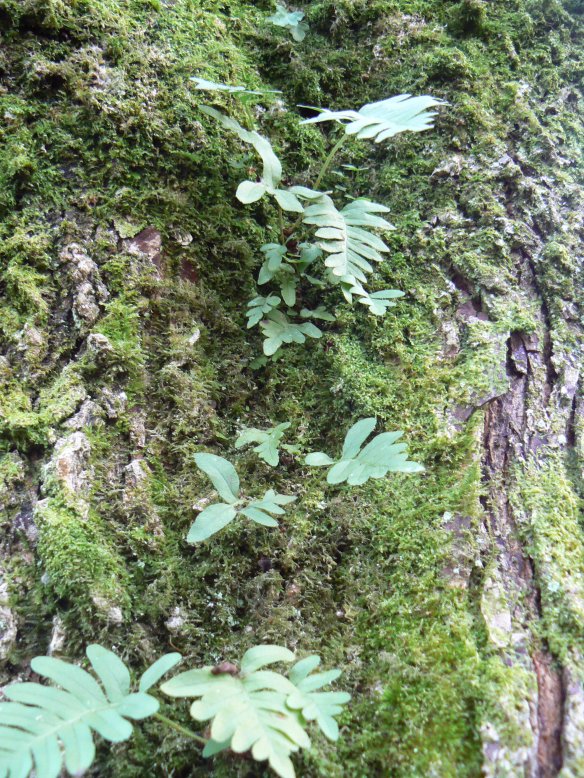October 3rd was National Poetry Day here in the UK. I’ve been so busy, I didn’t manage to finish writing a Poetry Day celebration post in time (though, thankfully, the ever-enriching words of Seamus Heaney were holding the fort in my previous post, providing poetic sustenance to anyone who found their way here that day).
But, hey – every day is poetry day! So, let’s keep the celebrations rolling…
The theme this year was ‘Water, water’
Water, water, everywhere,
And all the boards did shrink;
Water, water, everywhere,
Nor any drop to drink.
– From The Rime of the Ancient Mariner by Samuel Taylor Coleridge.
Here’s a lovely film by Leo Crane, with sound by Andrew Hayes – a London Animation Studio production for Forward Arts Foundation – complete with Rachel Rooney’s mermaid, Roger McGough’s handfish, Jacob Polley’s Book of Water – as well as Coleridge’s Ancient Mariner and other watery treasures…
(A download of the poems featured is available on the National Poetry Day resources section of the Forward Arts Foundation website).
Thinking my way towards a poem through which water glints and slips and brims, The Wild Swans at Coole by William Butler Yeats quickly surfaced.
My daughter loves it too. She first met it in The Barefoot Book of Classic Poems, stunningly illustrated by Jackie Morris.

The Wild Swans at Coole by W.B. Yeats – Illustrated by Jackie Morris, The Barefoot Book of Classic Poems

Front cover – Barefoot Book of Classic Poems, Illustrated by Jackie Morris (Published by Barefoot Books)
My knowledge of Yeats is sketchy, but the lovely Coole Park and Gardens website provides an interesting taster of his relationship to Coole in Ireland; how he loved its lakes, woods, wildlife – and the healing calm it provided in the wake of deep exhaustion.
The swans Yeats saw at Coole were probably Whooper swans – but also may have been Bewick’s. Back in February this year, we made a visit to the Wildfowl and Wetland Trust’s centre at Slimbridge, to experience the winter magic both species bring to our shores. It was a stunning day – bright sun, blue sky, mistletoe draping the trees
– and a sunset that blazed the sky, and cast coloured silk on the water.
The wild swans, shrugging the North through their wings, shook the winter rays deeper into their feathers as they landed in the Rushy Pen to feed. They became part of the water…
…they became part of the sky:
…keeping the Arctic in the turn of their head, in the shards of light in their eye, in the descending beat of their cry. Framed by the window of the Peng Observatory, they transformed the lake at Slimbridge into a Sir Peter Scott painting; the whole scene water-coloured by the light:
Opposite, an iconic image of a Slimbridge observation tower glowed in a wash of ochre.
The Bewick’s arrive, they go, arrive and go – travelling with the seasons. Some return and return; some don’t make it. Others survive, but carry shotgun pellets embedded between flesh, bone and feathers. Living targets for those who, beneath the ancient, global turn of the swans’ journey, do not welcome them. Yeats was right to see an echo of mourning in the wild swans’ departure – to fear the doubt of return.
Winged layers and layers of significance take flight through time:
The Wild Swans at Coole
The trees are in their autumn beauty,
The woodland paths are dry,
Under the October twilight the water
Mirrors a still sky:
Upon the brimming water among the stones
Are nine-and-fifty swans.
The nineteenth autumn has come upon me
Since I first made my count;
I saw, before I had well finished,
All suddenly mount
And scatter wheeling in great broken rings
Upon their clamorous wings.
I have looked upon those brilliant creatures,
And now my heart is sore.
All’s changed since I, hearing at twilight,
The first time on this shore,
The bell-beat of their wings above my head,
Trod with a lighter tread.
Unwearied still, lover by lover,
They paddle in the cold
Companionable streams or climb the air;
Their hearts have not grown old;
Passion or conquest, wander where they will,
Attend upon them still.
But now they drift on the still water,
Mysterious, beautiful;
Among what rushes will they build,
By what lakes edge or pool
Delight men’s eyes when I awake some day
To find they have flown away?
By William Butler Yeats.
Now, as I write this, the Bewick’s are, once more, on their way back to our shores – creating an epic shrug of earth-breath southwards; folding the thrill and cry of the North through the quiet, promised chill of our days. We wait, hopeful.
My other choice of watery poem – this time one of my son’s favourites – is Duck Weather by Shirley Hughes, from her beautiful picture book, Rhymes for Annie Rose.

Rhymes for Annie Rose by Shirley Hughes – a Ted Smart Publication, originally published by Bodley Head Children’s Books, Random House
It seems especially appropriate to choose something from Shirley Hughes, as her work appears on two of the National Poetry Day 2013 posters – each one a wonderful reach-out to a child’s natural readiness for poetry discovery.
Through the story-ways of Shirley Hughes’ picture books, so many children have taken their earliest steps into the magical rhythms, sounds and transports of language. Her words, and the enchantment of her illustrations, brim with the essence of daily childhood; filling both the child and adult reader with such a strong sense of recognition.
I love how this poem is, in itself, a constantly remade moment of sharing with my son. He loves its rhythms – and the sturdy and joyful declaration of its tone. I love it too because I remember so vividly that fascination for rainy days I felt as a small child. The rituals of arming ourselves with bright, shiny wellies and waterproofs. The fun of unfurling and twirling umbrellas (or in the case of those domed see-through ones fashionable in the 1970s, balancing them on our heads, hands-free as we splashed in the puddles). Rainy days brought blurred light, jagged and pooling on the pavement; reflections of colour caught in the tarmac; the somehow comforting swish of passing cars, and that happy feeling of escape as we splashed our gladness and felt faintly smug that we weren’t the people hunched inside those cars – but could taste freedom and the smell of grass rising, and could almost see the trees oozing their secret scent into the enticing dampness…
All things from which word-flight – and the flights of our dreams – are made:
Happy (across the Nations) Poetry (Every) Day, everyone!
And a very warm welcome to the many new Bookish Nature followers and readers who have found their way here since the blog was (unbelievably!) Freshly Pressed last month. My stats rocketed overnight (quite literally) – and the bar chart for that day unfolded like a Big Friendly Giant, leaving the previous days’ stats peeping, like tiny, nervous Sophies, from under a table loaded with snozzcumbers. My thanks to WordPress, and to everyone who has read/ liked/ followed/ commented. It’s been really rewarding to connect with so many interesting, talented and engaging bloggers and visitors. Please forgive me if it takes me a while to answer comments and to visit blogs etc… Life, always busy, has taken an extra time-filled turn lately. I’m doing my best to keep blog content coming (lots of posts in the pipeline) – though, often, it might be the case – as with National Poetry Day – that I’ll turn up just a bit late to the party!
You can catch up with the latest news about the Bewick’s swans’ migration at the Bewick’s Swan Diary on the WWT Slimbridge web pages.

























